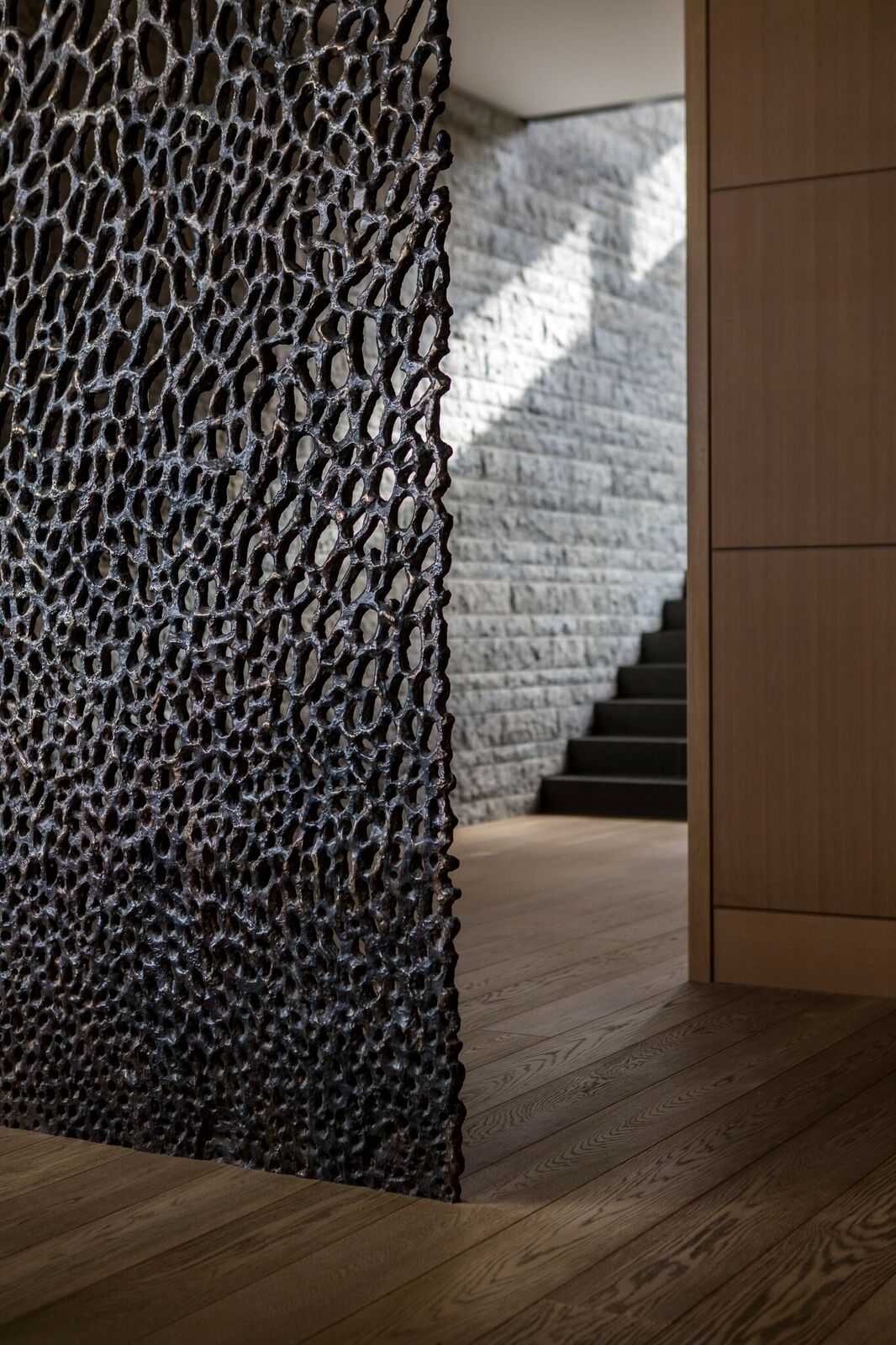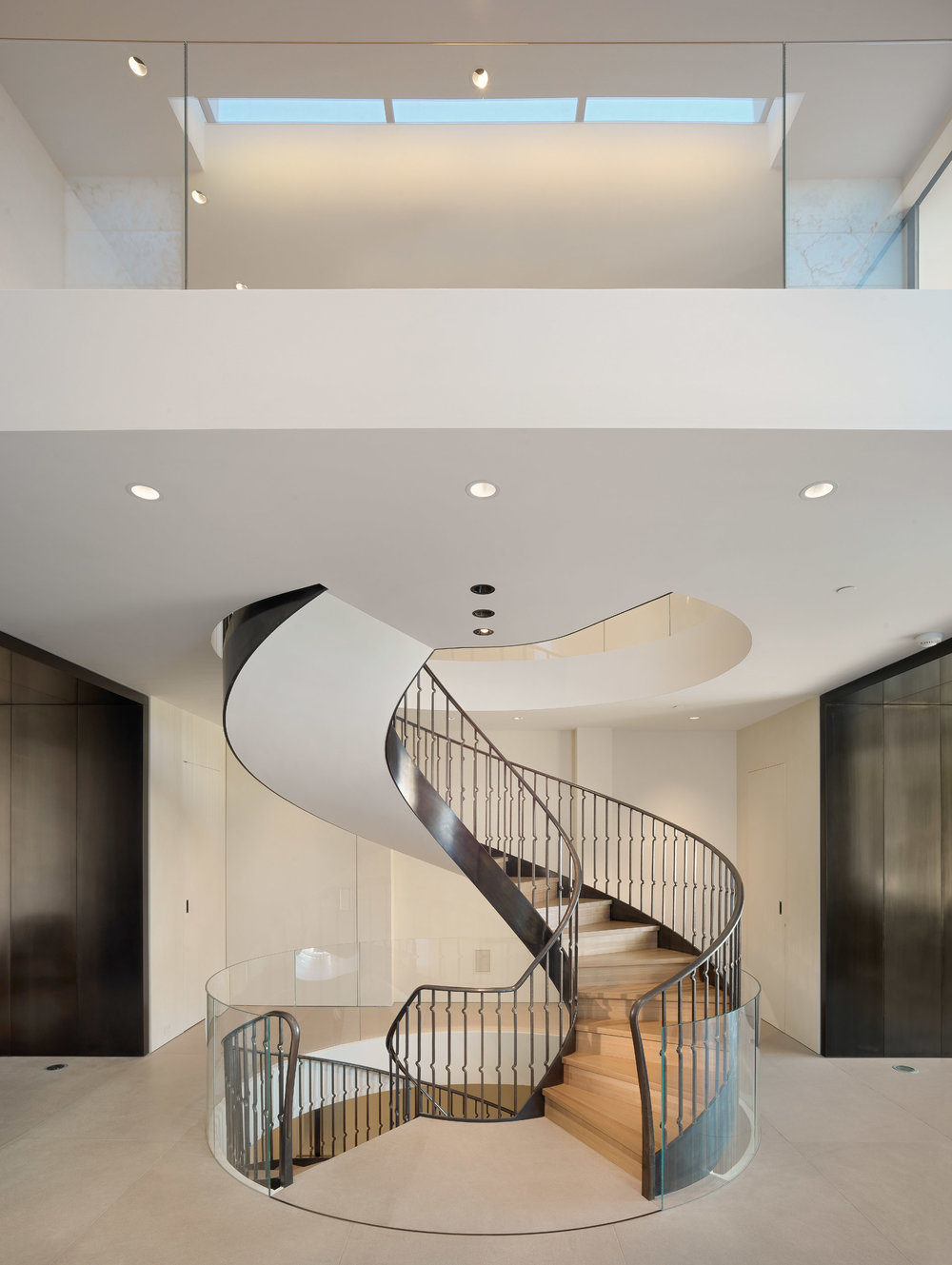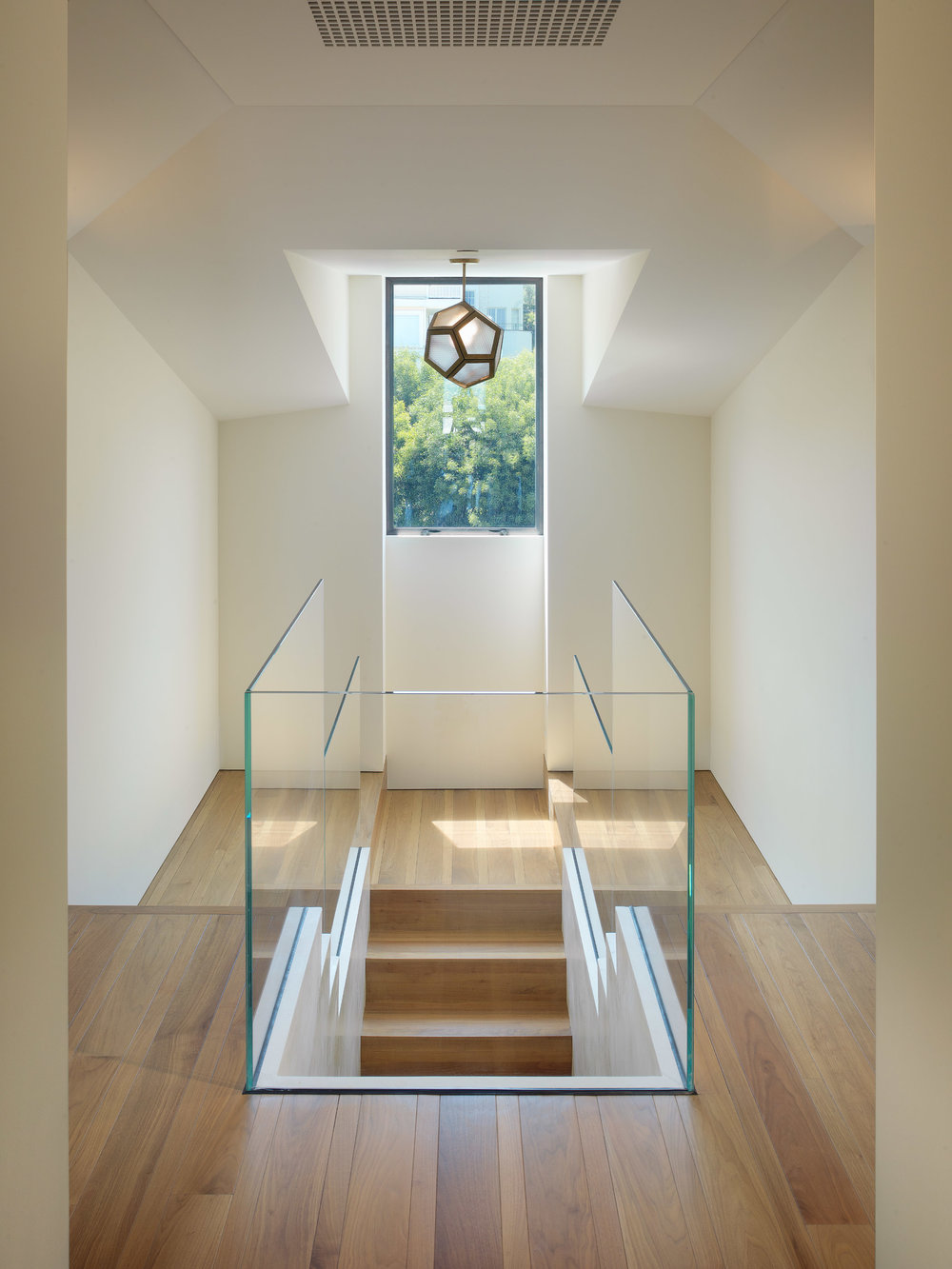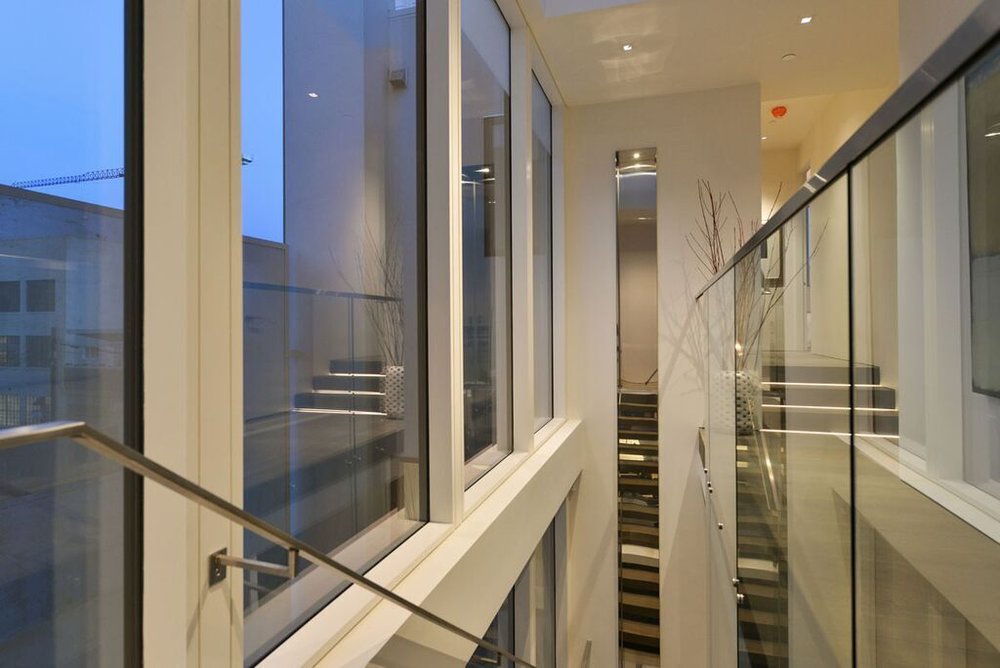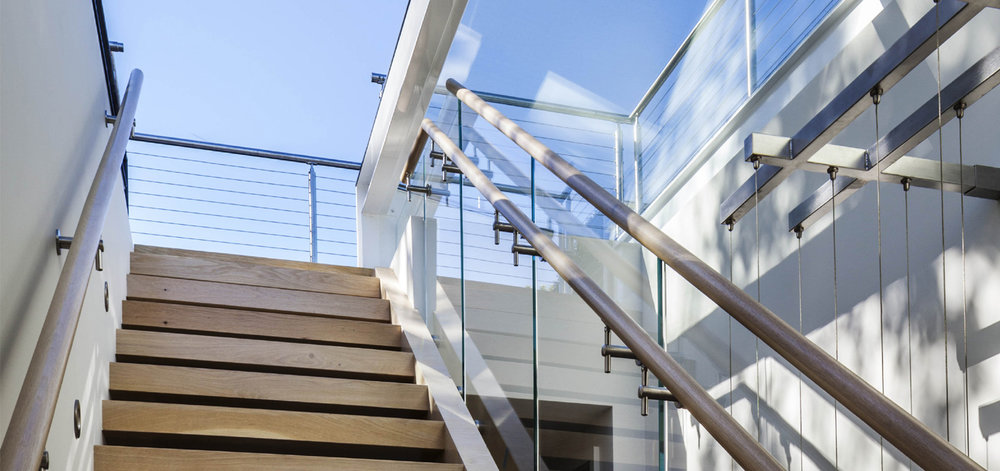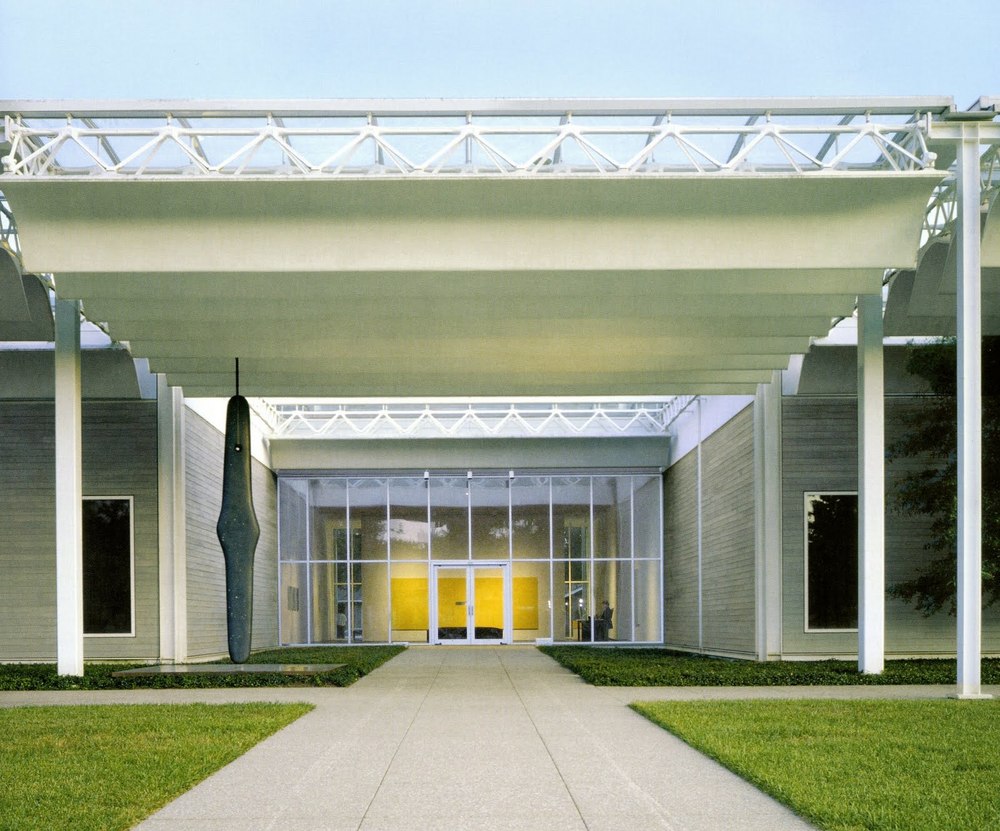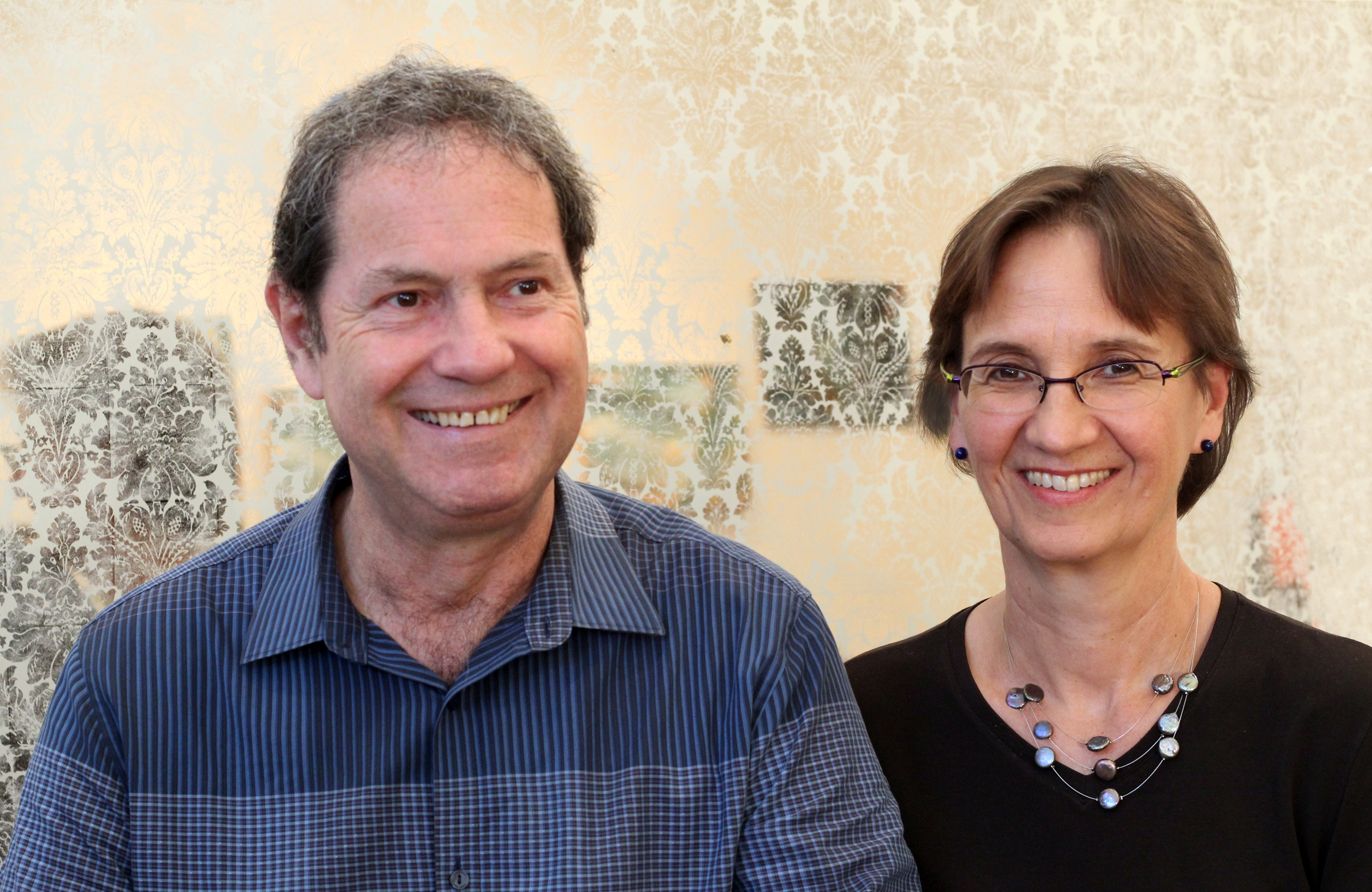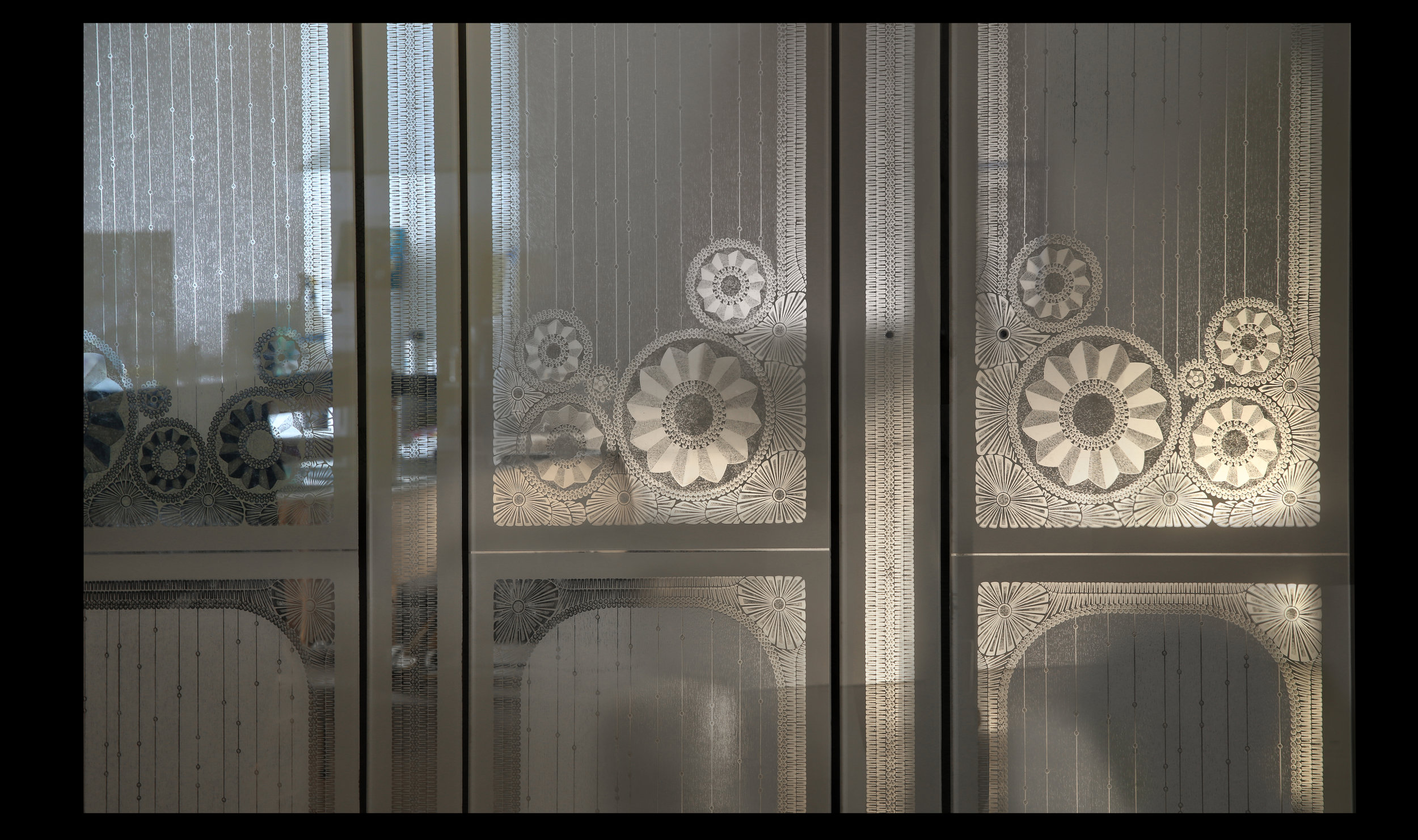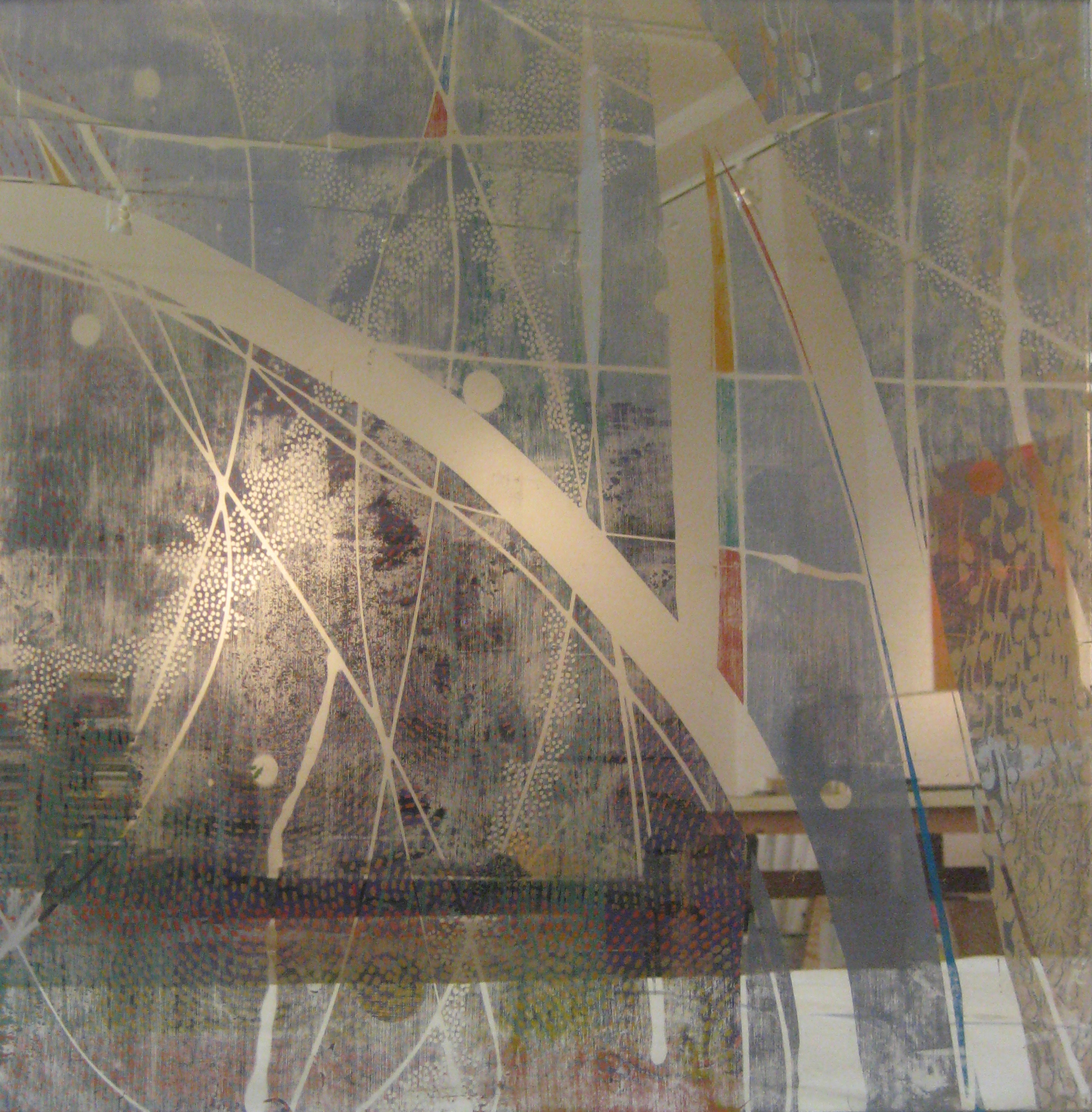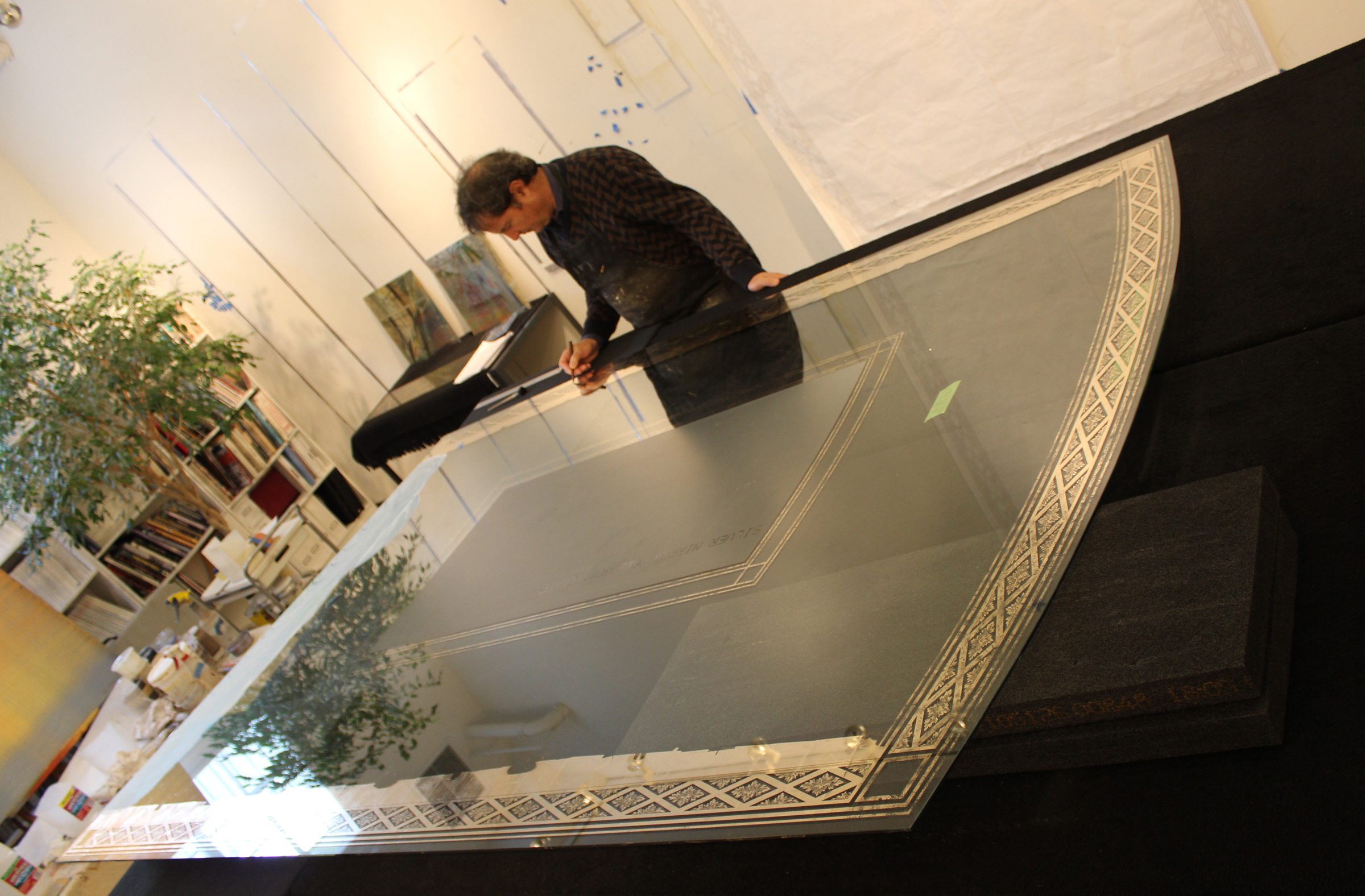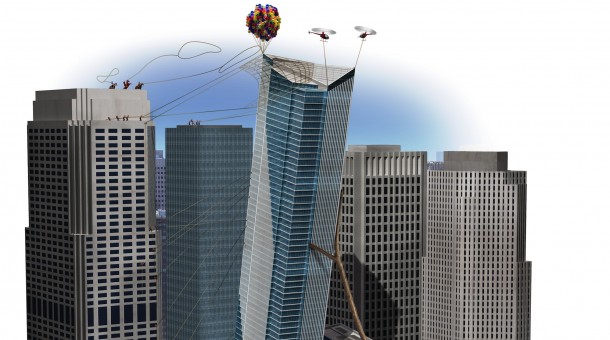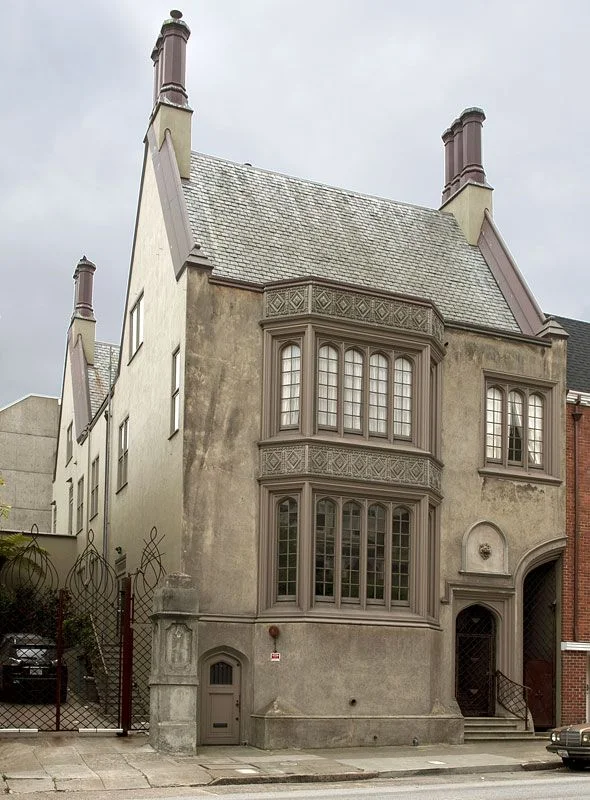For certain parties, however—most notably Supervisor Peskin—the Millennium fiasco also presents an opportunity. For the ambitious parliamentarian, this is a chance to wade deep into city building rules (his happy place) while, in the words of one City Hall fixture, “looking like Eliot Ness.” As an added bonus, he gets to cause grief for some of his least favorite entities: rapacious developers, the spendthrift TJPA, and “Oh, by the way, it doesn’t hurt that it causes pain for Gavin Newsom,” notes a veteran political operative. At his first Millennium-themed press conference, Peskin issued a “very serious allegation”: that a decade ago “there was some level of political interference” with DBI officials.
And yet nobody has solidified the charge that then-mayor Newsom or anyone in his inner circle leaned on the DBI to grant Millennium’s approvals. DBI insiders, in fact, claim that top-down pressure is applied less overtly. The Mayor’s Office “will never tell you, ‘You must sign, no matter what,’” says a longtime department staffer. “They say, ‘Hey! This is an important project. Can you put this guy closer to the top of the list?’” Like deep beneath the ocean, pressure at the DBI is amorphous, constant, and exerted from all sides. “There is always some pressure,” admits 29-year department veteran Hanson Tom—who testified that the “deficiency” in city strictures that allowed the Millennium to skimp on peer review ultimately inspired him to tighten the rules (by which time the tower was both ascending toward the heavens and sinking into the earth).
Still, even without rock-solid evidence of political interference, Peskin has navigated into a target-rich environment. He’ll get credit for whatever malfeasance or ineptitude he uncovers and dodge criticism for whatever he doesn’t. He’ll also be acting as an avenging angel on behalf of wealthy tower dwellers, who could be a useful asset if he chooses to run for future office. “If 20 percent of what Peskin is alleging is true, [the media] will report he saw it coming,” continues the operative.
What’s more, say observers, the Millennium campaign helps return Peskin to his activist roots while revitalizing the outsider status that he first rode into office as part of a wave of discontent with Mayor Willie Brown in 2000. “If he wants to recapture that magic, bringing back these examples of developers running roughshod over San Francisco could be politically advantageous to him,” notes a city political consultant. “If Aaron wants to be mayor, and I believe he does, standing up to perceived corruption in City Hall would be a powerful platform.”
Whether or not the city will be forced to strengthen its building codes—and some developers hope Peskin’s crusade will force just that—the Millennium meltdown will create new demands from buyers. “People who can afford to spend millions on condos are going to ask [about going to bedrock]—and if they don’t, their attorneys will,” predicts a condo developer.
City structural engineers have long pined for a safety rating of sorts, something that discerning types could use to determine how sound a building is. Skeptics predicted it’d take a good-size earthquake to jolt people into thinking this way. Now maybe it won’t.
As for the Millennium, realtor Joseph Lucier of Sotheby's International Realty, who has clients residing in the tower, thinks the problems will hurt the resale of midsize units, of which there is ample inventory throughout SoMa—but likely won’t affect the highest-end units. “There’s only so many penthouses in San Francisco,” he says. “And when you get into that category of individual, I don’t care how nice they are, there’s a bigger-than, better-than sense to their assets.” Also, penthouse seekers are all-cash buyers, so banks refusing to lend on the properties is a moot point for them. Lucier figures that ultimately the tilting and sinking—when fixed—will become a blip in the building’s history. “If the Transamerica sunk and tilted in 1978, and it was fixed by ’81, would that deter a tenant now?” he asks.
But that seems a distant hope for the people still inside. Casselman, the TJPA-suing attorney, says one of his anxious clients already sold at a loss and moved out. The Dodsons had hoped to pass on their unit to their adult son, but now, Pat says, “I won’t let him spend the night.” More than 150 homeowners have sought property tax reassessments—with some reporting the value of their property as $0.
One resident who didn’t want to be identified was remarkably sanguine about the financial repercussions: “These people have shitloads of money—what are they complaining about? It’s an investment. I may lose money, but such is life.”
His insouciance doesn’t seem to be shared by many. Numerous residents don’t think they have two years, let alone decades, before the building’s systems begin failing: The elevators may tilt out of alignment; the plumbing may burst. So incensed is Nina Agabian, a UCSF professor who lives in the building, that she wrote a Chronicle op-ed demanding that the city halt Millennium Partners’ other S.F. construction project—the 47-story luxury condo tower and adjacent low-rise housing the future Mexican Museum—as an incentive to force a fix.
The Dodsons are keeping the pressure on. After crashing the HOA’s press conference, Jerry invited a TV reporter up to his condo for a sit-down interview. The newsman had an idea: With the camera recording, Dodson placed a few golf balls on his living room floor. One by one, they rolled to the northwest.













